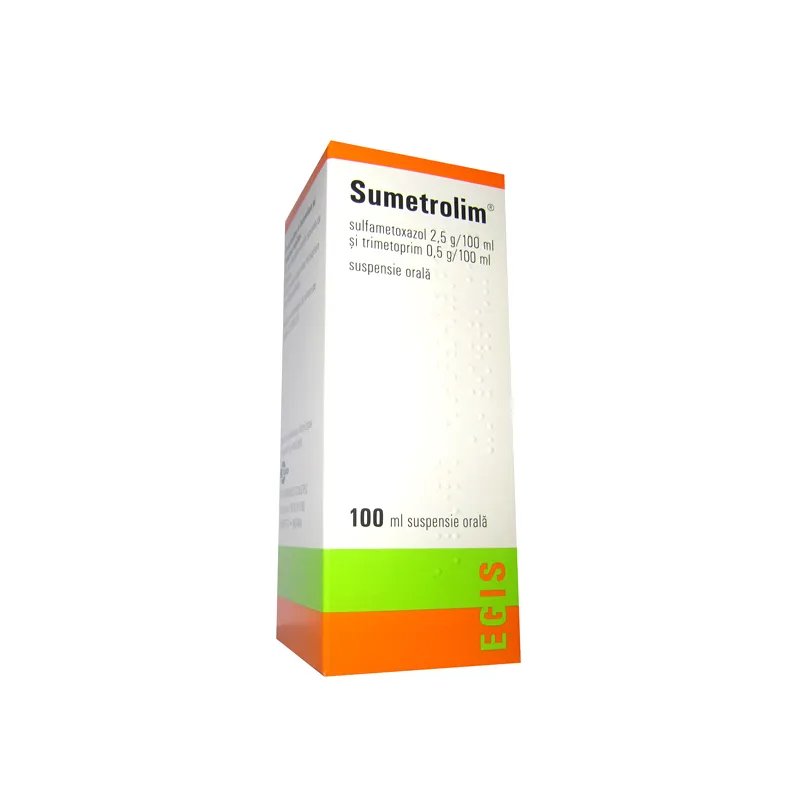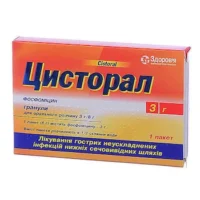Description
Sumetrolim (Sulfamethoxazole) Oral Suspension
Ingredients
- Active ingredient: Sulfamethoxazole
Dosage
- Dosage: The recommended dosage of Sumetrolim oral suspension should be determined by a healthcare provider based on the specific condition being treated. It is crucial to follow the prescribed dosage and administration instructions provided.
Indications
- Indications: Sumetrolim oral suspension is indicated for the treatment of various bacterial infections, including urinary tract infections, respiratory tract infections, and skin infections.
Contraindications
- Contraindications: Do not use Sumetrolim oral suspension if you have a known allergy to sulfonamide medications or if you have a history of severe adverse reactions to sulfamethoxazole.
Directions
- Directions: Shake the oral suspension well before each use. Measure the prescribed dose using a medication syringe or spoon. Administer the medication orally as directed by your healthcare provider.
Scientific Evidence
- Sumetrolim (sulfamethoxazole) has been extensively studied for its efficacy in treating various bacterial infections. Research studies have demonstrated the effectiveness of sulfamethoxazole in inhibiting the growth of bacteria by interfering with the synthesis of dihydrofolic acid, a key component for bacterial survival.
Additional Information
- In clinical trials, Sumetrolim oral suspension has shown high rates of success in treating bacterial infections with a favorable safety profile. It is important to complete the full course of treatment as prescribed to ensure the best outcomes and to prevent the development of antibiotic resistance.
- Sumetrolim (sulfamethoxazole) oral suspension works by targeting specific enzymes in bacteria, disrupting their ability to multiply and causing them to die off. This mechanism of action makes it an effective treatment for a wide range of bacterial infections.
- Comparative studies have shown that Sumetrolim oral suspension is equally as effective as other commonly used antibiotics in the treatment of bacterial infections, with the added benefit of a lower risk of developing resistance due to its unique mode of action.





